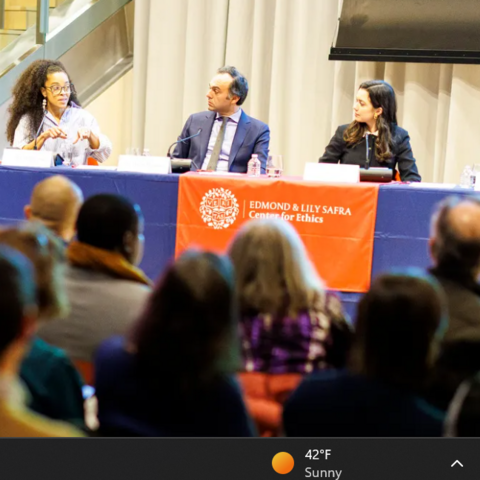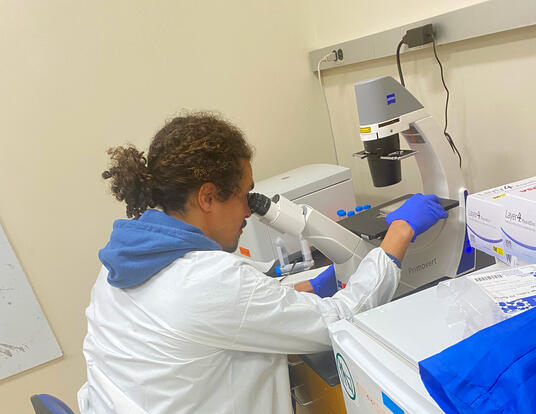House Poor
Exploring the obstacles to Black homeownership, wealth, and well-being
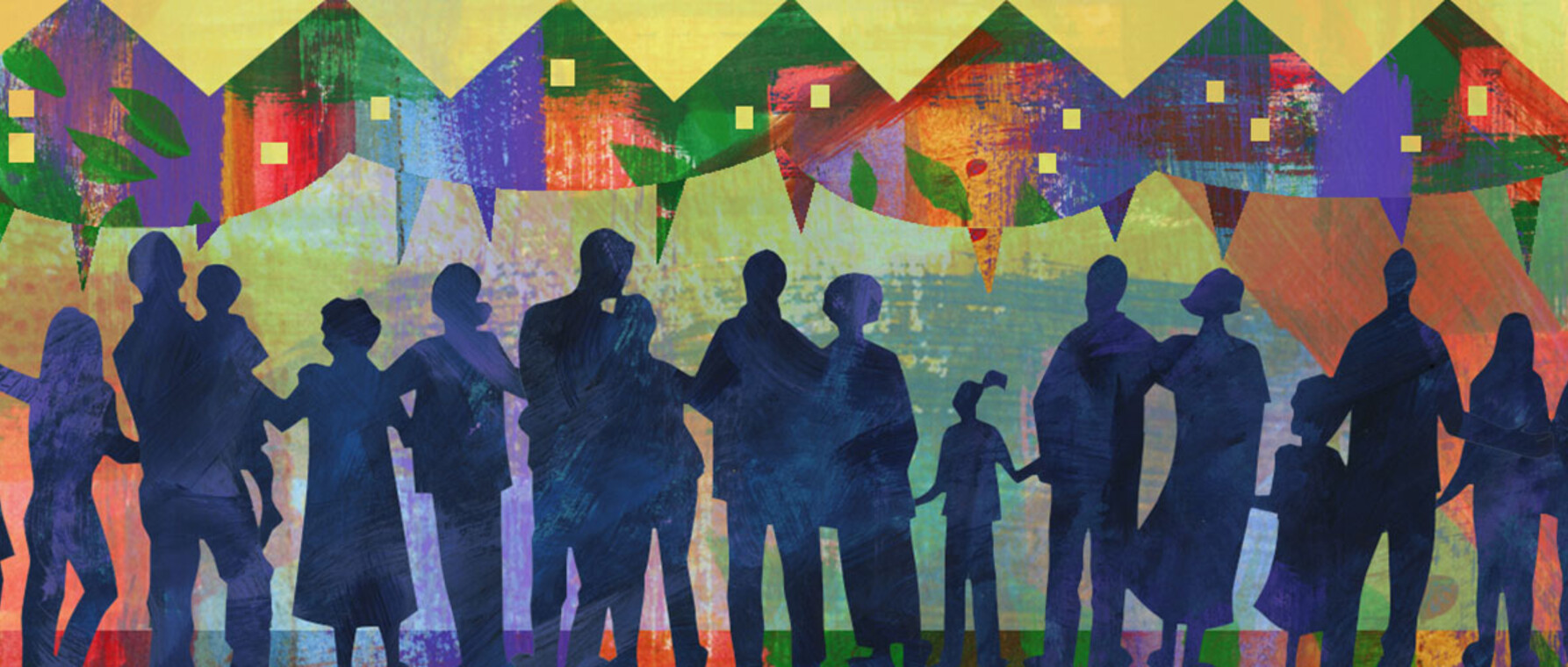
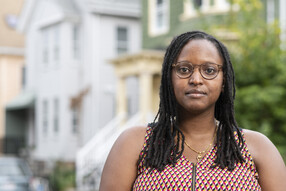
Cherrie Bucknor was a senior in high school applying to colleges when her family lost their home. Not long before, her father had lost his job. As she and her parents scrambled to find housing and moved into an apartment, what might have been a time of hope and possibility became suffused with anxiety and apprehension. If not for her mother’s support and encouragement, Bucknor might not have applied to—and been accepted by—her top-choice school.
“I applied on the very last day,” she remembers. “Losing our house, especially during that time, really had an impact on my mindset. Luckily I had my mother, who told me ‘You go for your dream. We will worry about the money later.’ I did and I was accepted, but even after, going off on my own as a young person, I knew that there wasn’t a lot of wiggle room for me to make mistakes.”
Today, as a PhD student in sociology at Harvard’s Graduate School of Arts and Sciences, Bucknor explores homeownership, the persistent racial wealth gap, and the impact it has on the lives and prospects of Black people in the United States. Advised by Professor of Sociology Alexandra Killewald, Bucknor has embarked on an innovative study that looks at the wealth, poverty, and resources of extended Black families like her own.
Gains—and a Persistent Gap
Although Black Americans have seen gains in educational attainment and income—and declines in poverty—since the 1960s, the wealth gap with white families remains and is arrestingly large. “The Economic Impact of Closing the Racial Wealth Gap,” a 2019 report published by McKinsey & Co, found that “the racial wealth gap between black and white families grew from about $100,000 in 1992 to $154,000 in 2016, in part because white families gained significantly more wealth…while median wealth for black families did not grow at all in real terms over that period.” The projected cost of the racial wealth gap to the U.S. economy in the near future? Between $1 trillion and $1.5 trillion over ten years, or about 4 to 6 percent of projected GDP in 2028.
“The disparities are just enormous,” says Professor Killewald. “The classic ballpark figure is that the typical white household has about 10 times the wealth of the typical Black household. It’s much bigger than what you see for income. And disparities today are about as large as they were in the 1980s. It's a very durable source of inequality.”
The wealth gap has also been a durable source of instability for Black families. A family might look well-off because the heads of the household make a decent salary. Without resources to fall back on, though, they’re only a layoff away from losing their home the way Bucknor’s family did.
“From the outside looking in, someone might think that a particular Black family is well to do because their income is $100,000 a year,” she says. “But if someone loses their job, that family could be in dire straits because of their lack of wealth. That really matters for your stability growing up, for your educational attainment, and for your life chances as an adult.”
Killewald says that the gap between Black and white families’ financial resources has many causes, but one is certainly “the sedimentation of racial inequality,” a term coined by scholars Martin Oliver and Thomas Shapiro in their seminal work Black Wealth/White Wealth to refer to the persistence across generations of the effects of past discrimination.
“Children of wealthy parents tend to have more wealth themselves,” Killewald says. “Some of this is indirect, like parents buying a home in an advantaged school district that leads to higher education, income, and wealth for their kids when they grow up.”
But the transmission of wealth across generations can also be more direct, such as when parents and other family members contribute to the down payment for a home. Bucknor’s research explores how racial disparities in family wealth contribute to unequal access to homeownership.
Family Business
A former research associate at the Center for Economic and Policy Research (CEPR) in Washington, DC, Bucknor goes beyond an understanding of the legacy of slavery and modern-day discriminatory lending practices to look at the role that extended family resources play in Black family homeownership.
“There’s been a lot of work on racial disparities and wealth inequality,” she says. “There’s also been work on extended family wealth. My research brings those together to look at how racial difference and wealth across your extended family can impact your ability to become a homeowner.”
Moreover, Bucknor’s work explores the impact that poverty has on the finances of the extended Black family. If, for instance, some members amass a modest amount of savings, they are often called on to help others having a hard time making ends meet. That leaves little for a down payment and closing costs.
From the outside looking in, someone might think that a particular Black family is well to do because their income is $100,000 a year. But if someone loses their job, that family could be in dire straits because of their lack of wealth. That really matters for your stability growing up, for your educational attainment, and for your life chances as an adult.
“Poverty status in the extended family really matters,” Bucknor says. “I know it personally, but I’ve also found in my research that having to help other family members who are struggling affects your ability to become a homeowner.”
To track the impact that extended family wealth and poverty have on homeownership, Bucknor uses the Panel Study of Income Dynamics (PSID). Launched by the University of Michigan in 1968, the study has tracked 5,000 families and their descendants for over 50 years, providing data on employment, income, wealth, expenditures, health, marriage, childbearing, child development, philanthropy, education, and many other areas.
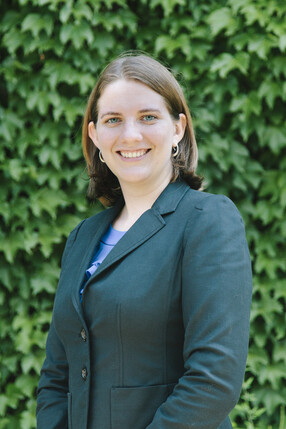
Killewald says that the vastness of the PSID’s information makes it a tantalizing data source. The study allows researchers to look not only at households but also at whole family networks across time.
“If I want to know how your extended family’s resources contribute to your ability to buy a home,” Killewald says, “I can actually look and see how much wealth your brother or your mom or your aunt has. There just aren't other surveys in the US that have that kind of information.”
The richness of the PSID’s data is matched, however, by its complexity. For that reason, Killewald says that a less obvious but crucial contribution that Bucknor’s research makes to the field is to comb through the data, scrubbing it for quality and clarifying what’s meaningful and what’s not.
“One of the things I admire about what Cherrie is doing is that it's not totally clear what and how we should be counting in the PSID,” says Killewald. “Suppose you have one sibling who has $100,000 of wealth and I have 10 siblings who each have $10,000. Do we say that you're better off than I am? What if you have one sibling with $10,000 and I have 10 siblings with $10,000? Am I better off? Resolving these issues is never going to be the headline of her results, but it’s super important to how scholars think about this question.”
Bucknor’s study looks at wealth throughout an extended family network over a set period to see how many members transitioned from renter to homeowner—and how those outcomes differ according to race. While her approach may be rigorously quantitative, her motivations are deeply humanistic, arising from a concern for those relegated to the margins of society.
“So many people live paycheck to paycheck with nothing to fall back on,” she says. “One of my frustrations is the way that the media portrays them. They say, ‘Why haven't you saved? You should have put money away.’ But if your rent is high and you have more than one mouth to feed, saving is not really an option. A lack of wealth hinders your life choices and your ability to weather life’s storms.”
Ultimately, Bucknor hopes her research will help dispel popular stereotypes of Black and poor families and enable policymakers to be more effective in their efforts to fight inequality.
“I do this work because I want it to inform better policies,” she says. “Raising the minimum wage, for instance, or increased unionization would both have an enormous impact on the lives of people at the bottom of the income and wealth hierarchy. A better understanding of inequality and the far-reaching impact that wealth and poverty have on families is critical. It points to all that we can do to make people's lives better.”
Illustration by Ekua Holmes. Photo of Cherrie Bucknor by Tony Rinaldo. Photo courtesy of Alexandra Killewald.
Get the Latest Updates
Join Our Newsletter
Subscribe to Colloquy Podcast
Simplecast


